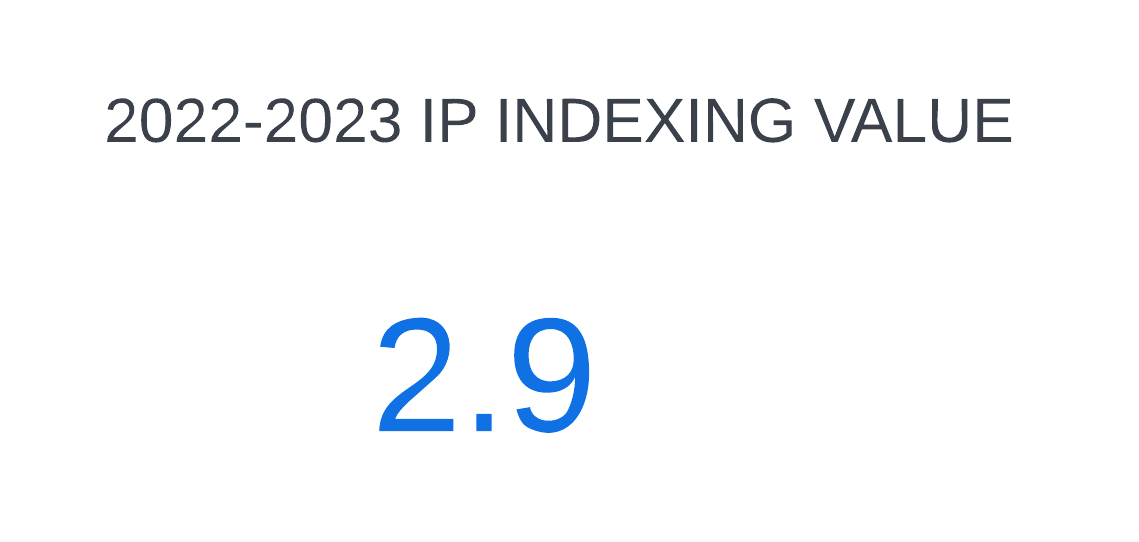Optimizing Dallas-Fort Worth Bus Transportation System Using Any Logic
DOI:
https://doi.org/10.69996/jsihs.2024020Keywords:
Busbunching, publich transport, agent- based modeling, any logic simulation, intervention strategiesAbstract
The bus transportation system, modeled using the AnyLogic simulation software, aims to optimize the flow of buses and manage key operational challenges such as bus bunching and delays. The simulation incorporates various elements, including bus agents, bus stops, and passenger behaviors, with a focus on how buses interact with each other and with passengers at different stops. The system is designed to simulate real-world bus routes, taking into account factors like bus speed, intervals, dwell times, and passenger load. By adjusting bus schedules and frequencies, the simulation tests different scenarios to identify strategies that minimize wait times, reduce delays, and improve service efficiency. This paper explores the optimization of bus transportation systems in the Dallas-Fort Worth area, focusing on addressing the challenge of bus bunching and improving overall service efficiency. Using the AnyLogic simulation tool, the study models the dynamics of bus operations, including factors such as bus intervals, dwell times, and passenger load variations during rush and normal hours. By adjusting bus schedules and service frequencies, the paper evaluates multiple optimization scenarios to identify strategies that reduce passenger wait times, minimize delays, and enhance system efficiency. The results demonstrate that strategically reducing bus intervals during peak hours and extending them during non peak hours can significantly improve operational performance, with service efficiency increasing from 75% to 88% under optimal conditions. The findings highlight the importance of tailoring bus schedules to passenger demand and time-of-day factors to mitigate issues like bus bunching and ensure more reliable public transportation services.
References
[1] A. Duvall, S. Young, J. Fish, A. Henao, J. Sperling et al., “Roadmap to Automated Mobility Systems: Informing the Planning of a Sustainable, Resilient Transportation Ecosystem for Dallas/Fort Worth International Airport (No. NREL/TP-5400-82470),” National Renewable Energy Laboratory (NREL), Golden, CO (United States), 2022.
[2] Q. Wang, D. Sigler, Z. Liu, A. Kotz, K. Kelly et al., “ASPIRES: Airport Shuttle Planning and Improved Routing Event-driven Simulation. Transportation Research Record, vol.2676, no.12, pp.85-95, 2023.
[3] M. Najafi., V. Kaushal and J. Visser, “Operational Planning and Design Considerations for Underground Logistics Transportation in Texas,” Infrastructures, vol.9, no.8, pp. 130, 2024.
[4] Y. Sun and Y. Chen, “Travel Time Variability in Urban Mobility: Exploring Transportation System Reliability Performance Using Ridesharing Data,” Sustainability, vol.16, no.18, pp.8103, 2024.
[5] U. Chawal, J. Rosenberger, V.C. Chen, W.J. Lee, M. Wijemanne et al., “A design and analysis of computer experiments based mixed integer linear programming approach for optimizing a system of electric vehicle charging stations,” Expert Systems with Applications, vol.245, pp.123064, 2024.
[6] X. Jiang, Y. Tang, J. Cao, V. Bulusu, H. Yang et al., “Simulating Integration of Urban Air Mobility into Existing Transportation Systems: Survey,” Journal of Air Transportation, vol.32, no.3, pp.97-107, 2024.
[7] W. Cui, Y. Yang and L. Di, “Modeling and optimization for static-dynamic routing of a vehicle with additive manufacturing equipment,” International Journal of Production Economics, vol.257, pp.108756, 2023.
[8] H. Zhang, Y. Lv and J. Guo, “New Development Direction of Underground Logistics from the Perspective of Public Transport: A Systematic Review Based on Scientometrics,” Sustainability, vol.14, no.6, pp.3179, 2022.
[9] M. Wei, C. Yang and T. Liu, “An integrated multi-objective optimization for dynamic airport shuttle bus location, route design and departure frequency setting problem,” International Journal of Environmental Research and Public Health, vol.19, no.21, pp.14469, 2022.
[10] R. Bridgelall, R. Jones and D. Tolliver, “Ranking Opportunities for Autonomous Trucks Using Data Mining and GIS,” Geographies, vol.3, no.4, pp.806-823, 2023.
[11] S. Khadka, P. Wang, P. Li and S.P. Mattingly, “Automated Traffic Signal Performance Measures (ATSPMs) in the Loop Simulation: A Digital Twin Approach,” Transportation Research Record, pp. 03611981241258985, 2024.
[12] K. Northeim and J.R. Oppong, “Mapping Health Fragility and Vulnerability in Air Pollution–Monitoring Networks in Dallas–Fort Worth,” International Journal of Environmental Research and Public Health, vol.20, no.3, pp.1807, 2023.
[13] Y. Gao, T.Q. Tang, F. Cao, J. Zhang and R. Wang, “A two-phase total optimization on aircraft stand assignment and tow-tractor routing considering energy-saving and attributes,” Sustainable Energy Technologies and Assessments, vol.57, pp.103237, 2023.
[14] Z. Gao, Y. Yu, Q. Wei, U. Topcu and J. P. Clarke, “Noise-Aware and Equitable Urban Air Traffic Management: An Optimization Approach,” arXiv preprint arXiv:2401.00806, 2024.
[15] N. D. Melaku, A. Fares and R. Awal, “Exploring the impact of winter storm uri on power outage, air quality, and water systems in texas, usa,” Sustainability, vol.15, no.5, pp.4173, 2023.
[16] S. Khadka and P. Taylor Li, “Multicriteria Planning Framework for Regional Intersection Improvement Using Telematics Data of Connected Vehicles,” Journal of Urban Planning and Development, vol.150, no.1, pp.04023063, 2024.
[17] A. Karimi, Y.J. Kim, N.M. Zadeh, A. García-Martínez, S. Delfani et al., “Assessment of outdoor design conditions on the energy performance of cooling systems in future climate scenarios—A case study over three cities of Texas, Unites States,” Sustainability, vol.14, no.22, pp.14848, 2022.
Downloads
Published
Issue
Section
License
Copyright (c) 2024 Journal of Sensors, IoT & Health Sciences (JSIHS,ISSN: 2584-2560)

This work is licensed under a Creative Commons Attribution-NonCommercial 4.0 International License.
Fringe Global Scientific Press publishes all the papers under a Creative Commons Attribution-Non-Commercial 4.0 International (CC BY-NC 4.0) (https://creativecommons.org/licenses/by-nc/4.0/) license. Authors have the liberty to replicate and distribute their work. Authors have the ability to use either the whole or a portion of their piece in compilations or other publications that include their own work. Please see the licensing terms for more information on reusing the work.


